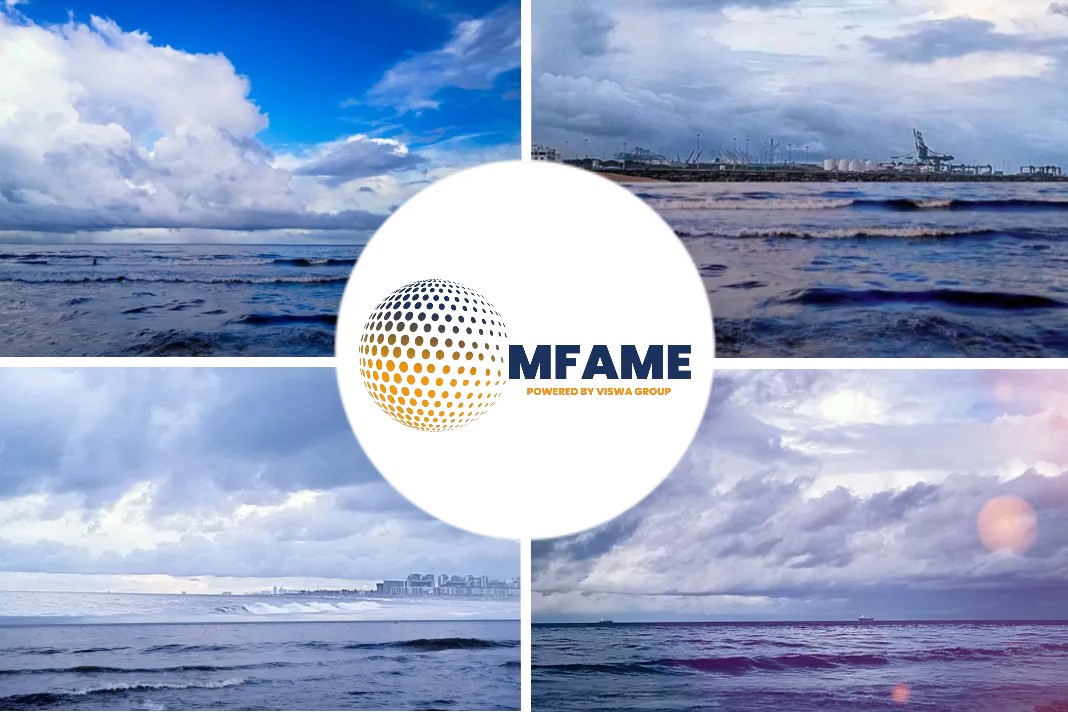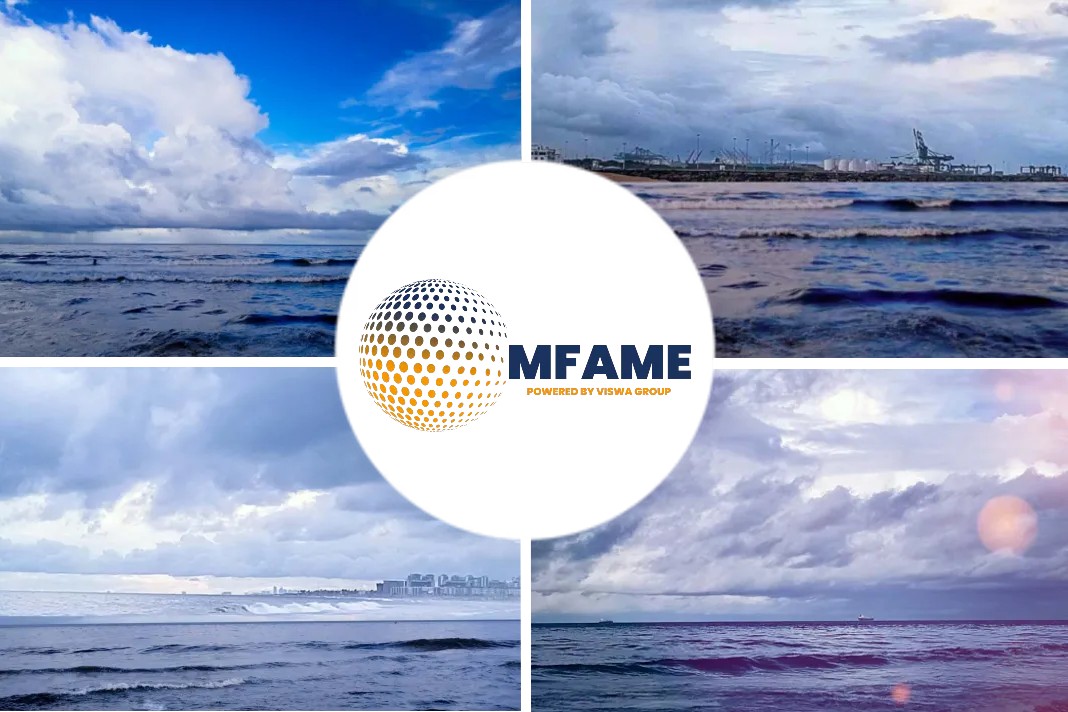- In the Covid era, tanker markets change more quickly and really matters in quarterly reports is what executives say about the present and future.
- Two of the world’s largest public tanker owners — Euronav (NYSE: EURN) and Scorpio Tankers (NYSE: STNG) revealed two key takeways in conference calls.
- First, floating storage is coming down from its peak, faster for refined products than for crude oil.
- Second, the medium-term vessel-supply picture looks increasingly attractive.
A recent news report by Freight Waves, written by Greg Miller highlights how floating storage is unwinding and VLCCs would return to trading fleet in a progressive manner.
Crude storage unwind
Euronav execs had expected the floating-storage party to last longer than it did.
Brian Gallagher stated that Euronav’s head of investor relations, crude floating storage peaked at around 200 million barrels in May.
About half was aboard VLCCs, the other half on smaller tankers. Euronav had thought storage levels would rise “substantially higher” but “this didn’t materialize” due to rapid production cuts by OPEC+, Saudi Arabia individually and the U.S., said Gallagher.
With a lot of VLCCs tied up by floating storage, congestion or other reasons, Gallagher feels that 60-80 would return to the trading fleet in the near term.
This will happen “progressively, not immediately. But nonetheless, it does provide a headwind for owners as we move toward the latter part of the year.”
Crude-tanker destocking
- According to Clarksons Platou Securities, VLCC rates were $21,900 per day as of Thursday, roughly unchanged from $21,600 per day one year ago.
- Suezmax rates were $14,900 per day, not far below where they were a year ago — $15,300 per day.
- It is an indication that so far, crude-tanker destocking has not caused severe rate pressure.
Products storage unwind
There was a “surge in demand for product tankers to be used as floating storage” in the second quarter, pushing rates to “unprecedented levels,” said Lars Dencker Nielsen, commercial director of Scorpio Tankers.
“The destocking of that floating storage has occurred much faster than many anticipated,” he reported. Floating products storage peaked at 105 million barrels in May and was down to 45 million barrels last week.
The bad and good news
- The bad news is that rapid destocking and low refinery utilization push down spot tanker rates.
- The good news is that the floating-storage hangover for product tankers should be short.
“The most comforting thing for us at the moment is that we’ve got a really good start on the third quarter. And the company is cash positive so far. Ironically, we’re doing better than where we were in the last third quarter”, said Scorpio Tankers President Robert Bugbee.
Medium range tankers
“The spot market is really encouraging. Look at MRs [medium-range product tankers, with capacity of 35,000-54,999 deadweight tons or DWT].”
“With the amount of destocking that’s happened on MRs, which have gone from something like 87 vessels [on floating storage] all the way down to the low 30s, it’s amazing that the MRs have held up in that way”, added Bugbee.
According to Clarksons Platou Securities, rates for MRs on Thursday were $12,800 per day, not far below where they were one year ago — $13,400 per day — despite destocking.
After the storage unwind
After the destocking, the primary focus would be on the traditional supply-demand balance.
“The past three quarters have been the best three quarters for VLCCs from an earnings perspective and yet this has not triggered a rush to the shipyards,” said Gallagher. “This reflects a potent mix of structural, regulatory, financial and environmental factors that, in our view, will continue to keep new ordering at low levels.”
On-the-water fleet
If older ships are scrapped and there are not enough newbuildings to replace them, rates will rise, assuming demand holds.
Gallagher pointed out that “for both the VLCCs and Suemaxes [tankers that carry 1 million barrels of oil], the average age is at [high] levels not seen in 18 years.”
In the product-tanker market, Nielsen explained, “Fundamentals are extremely strong. There is record low fleet growth of 2% per year or less over the next three years.”
Ageing fleet
Including newbuilds on orders, Nielsen said that the share of the product-tanker fleet turning 15 years or older will go from 46% today to 69% in three years for Handymaxes (10,000-24,999 DWT), from 22% to 40% for MRs, from 23% to 51% for LR1s (55,000-79,999 DWT) and from 15% to 29% to LR2s (80,000-119,999 DWT).
According to Bugbee, in the premium product-tanker sector, it’s not about older ships being scrapped. It’s about older ships being unemployable with top charterers.
“This is something that has been so overlooked. After 15 years, these ships are removed from the premium trade. No other market has a commercial guillotine for 15-year-old ships like the product market,” asserted Bugbee.
Q2 at a glance
Scorpio Tankers
- It reported the best quarterly results of its history on Thursday despite 3% fall in share price.
- It posted net income of $143.9 million for the second quarter of 2020 compared to a net loss of $29.7 million in the same period last year.
- Adjusted earnings of $2.63 per share were well above the consensus estimate of $2.27.
- Scorpio’s MRs earned $21,508 per day in the second quarter, up from $13,436 per day in the second quarter of 2019.
- It has 45% of its MR available days in the third quarter booked at $15,300 per day.
Euronav Tankers
- Euronav reported net income of $259.6 million for the second quarter of 2020 compared to a net loss of $38.6 million in the same period last year.
- Adjusted earnings were $1.14 per share, matching the consensus estimate.
- Euronav’s spot VLCC fleet earned an average of $81,500 per day in the second quarter of 2020, up from $23,218 per day in the second quarter of 2019.
- The company has 48% of its available third-quarter days for spot VLCCs currently locked in at an average of $60,250 per day.
Given the third-quarter rates booked by both Euronav and Scorpio Tankers, the floating-storage hangover does not appear excessively painful. At least, not yet.
Did you subscribe to our daily newsletter?
It’s Free! Click here to Subscribe!
Source: Freight Waves

















![[Podcast] Net Zero Framework on Hold: The Commercial Impact](https://mfame.guru/wp-content/uploads/2023/11/mfame-tanker-100x70.jpg)
